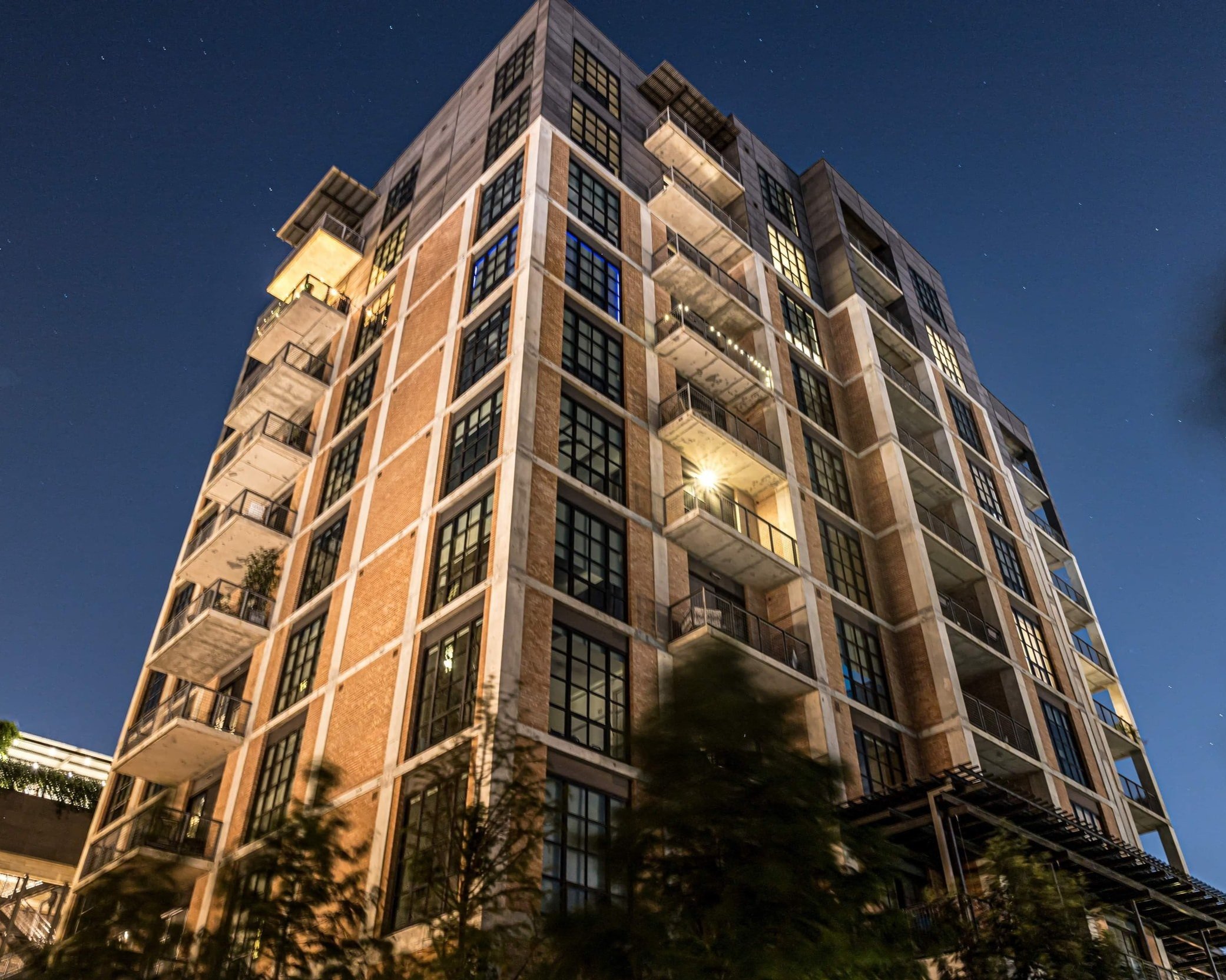Investigating the Effect of Ethernet Standards on Improving Internet Access in Multi-Unit Units
Ethernet protocols play a vital role in improving web connectivity, particularly in multi-unit units (MDUs) such as apartment complexes and condominiums. These specifications outline how data is communicated over networks, guaranteeing that devices can interact effectively. As more people depend on the internet for employment, education, and leisure, having a reliable and high-speed connection in MDUs has become increasingly essential. By understanding networking standards, building administrators and residents can make knowledgeable decisions about their web services, resulting to better access for everyone.One of the primary Ethernet standards is IEEE 802.3, which outlines the requirements for cabled Ethernet connections. This specification has evolved over the decades, introducing faster speeds and enhanced efficiency. For instance, the original Ethernet specification provided speeds of 10 Mbps per sec, while newer versions, such as Gigabit, can offer rates of up to 1,000 megabits per second. In MDUs, where multiple residents utilize the common web connection, having a high-speed Ethernet network can greatly enhance the overall consumer interaction. Quicker rates mean faster downloads, smoother streaming, and more reliable visual conferences, which are crucial for remote employment and online education.
Another significant feature of Ethernet protocols is the implementation of structured cabling systems. These systems arrange and manage the system wires that link devices within a building. By following the guidelines set by Ethernet protocols, MDUs can guarantee that their wiring is effective and efficient. This organization helps reduce signal interference and improves information transfer standards. Additionally, structured wiring enables for easier upgrades and maintenance, making it simpler for property administrators to adjust to evolving tech requirements. As web utilization persists to grow, having a well-structured cabling system is vital for ensuring top-notch access.
Electricity over Ethernet (PoE) is another significant development in Ethernet technology that aids MDUs. PoE enables system wires to carry electrical power along with information, removing the requirement for individual electric supplies for equipment like safety cameras, Wi-Fi access points, and VoIP phones. This feature simplifies installation and reduces clutter, making it easier to set up a comprehensive network in multi-dwelling units. By utilizing PoE, property managers can enhance security and improve web connectivity throughout the complex without the extra cost of extra power installation.

In summary, Ethernet protocols have a profound effect see this here on internet connectivity in multi-unit buildings. By offering faster speeds, structured wiring, and advanced features like Electricity over Ethernet, these protocols help create a dependable and efficient network for tenants. As tech continues to progress, staying aware about Ethernet protocols will be essential for property administrators and residents alike. By investing in the appropriate framework, MDUs can guarantee that all tenants experience a seamless internet interaction, making their homes more linked and accessible.